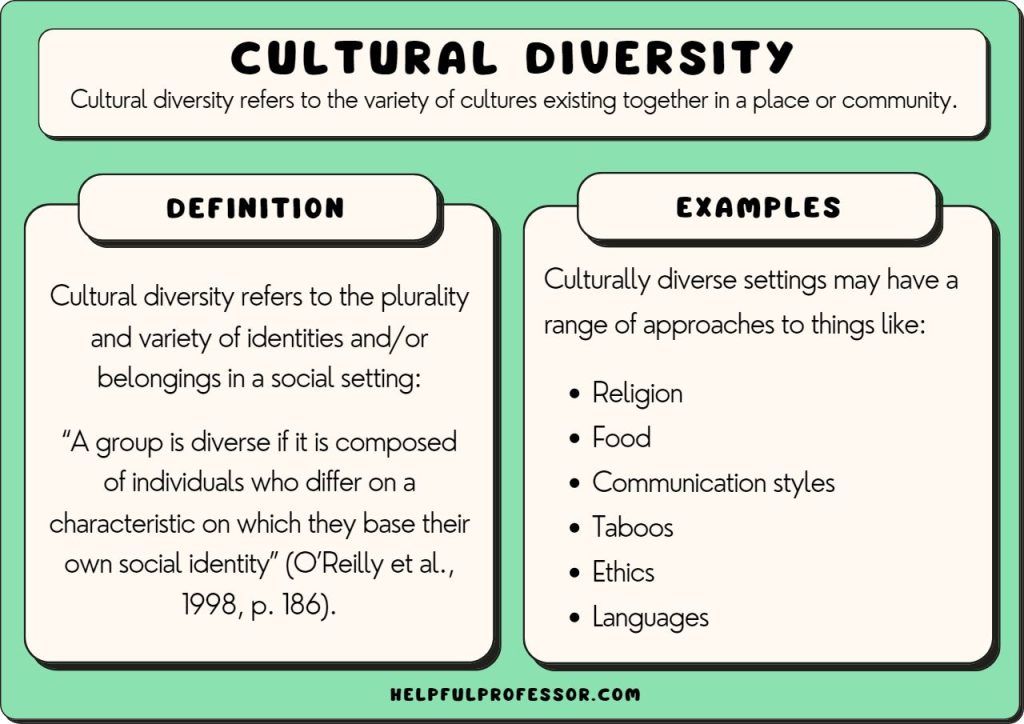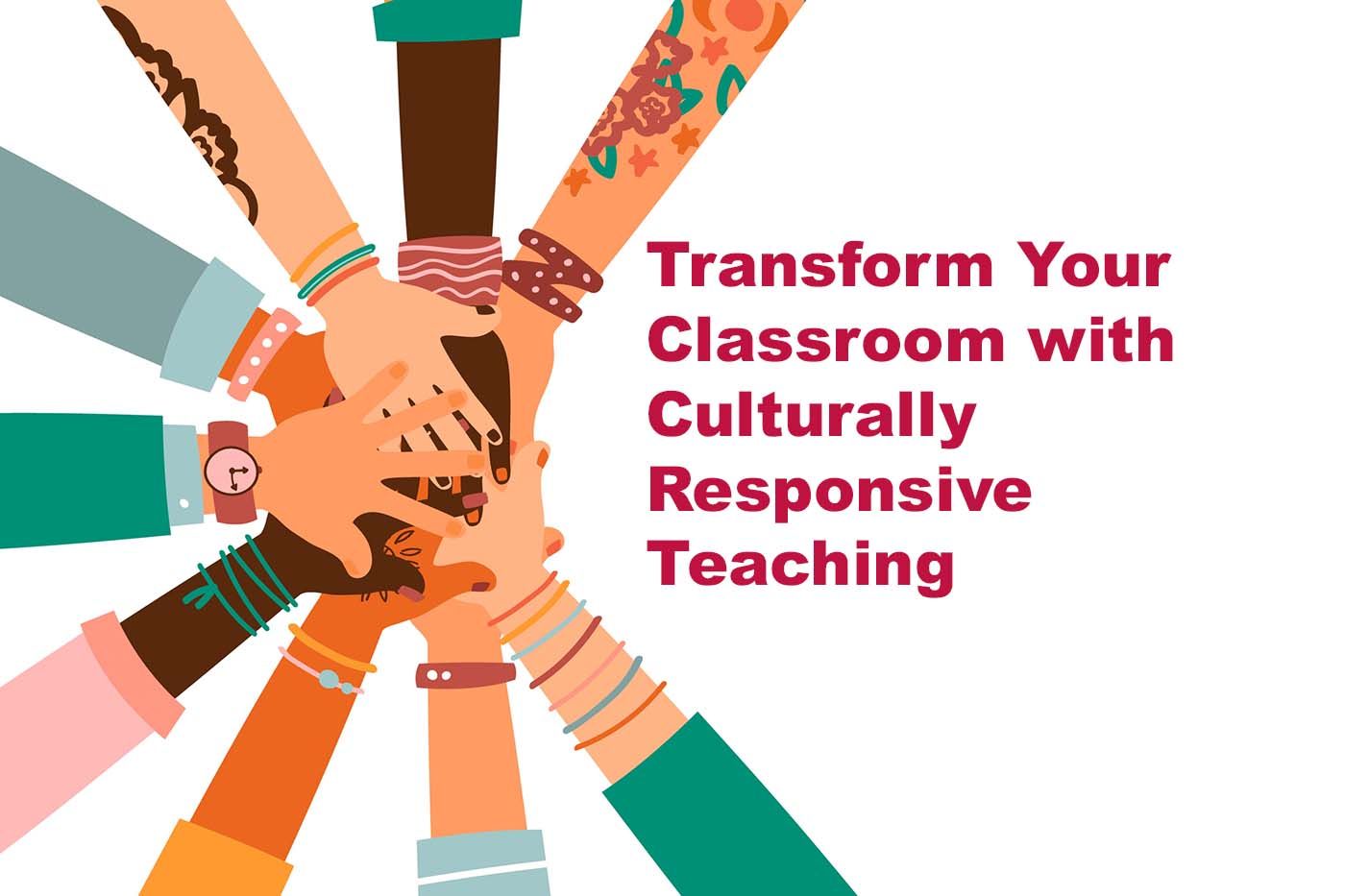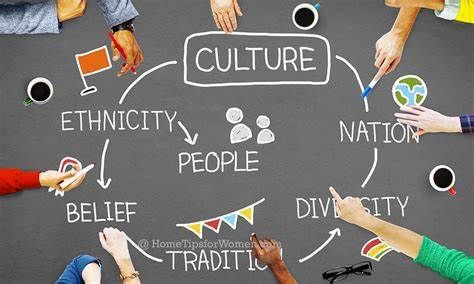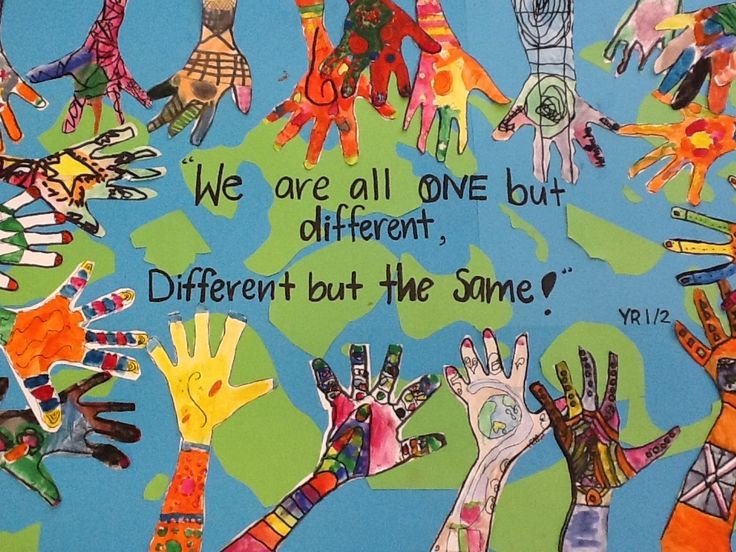The "Identity Web" exercise to help teachers foster an inclusive classroom culture.
This activity promotes inclusivity by acknowledging and celebrating diverse identities but also fosters a sense of belonging and respect among students. It may be done in offline or online format.
- Create a large web on a board, online whiteboard, piece of chart paper or demonstrate a PowerPoint slide. In the center, write the word "Identity."
Explain the concept of identity to your students. Emphasize that identity includes various aspects such as race, ethnicity, culture, religion, gender, interests, abilities, and more. - Start with your own example – fill in the web by sharing aspects of your own identity. For example, you might write "teacher," “parent”, "reader," "music enthusiast," and so on. Starting with yourself sets the tone for openness.
- Invite students to contribute to the identity web by sharing aspects of their own identities. Encourage them to come up one by one and add a string or line connected to the center word with an aspect of their identity written on it. This is individual work.
- As the web grows, facilitate a discussion around the diversity of identities represented in the classroom. You can allocate students in pair or mini-groups and ask to share their results. Encourage students to reflect on what they have in common and what makes them unique. Discuss the importance of respecting and valuing each other's differences.
- After the activity, have students reflect on what they've learned. You can ask questions like: What surprised you about the identities shared? How did it feel to contribute to the web? How can we use this understanding to create a more inclusive classroom environment?
- Throughout the school year, refer back to the identity web as a visual reminder of the diversity within the classroom. Encourage students to continue adding to it as they learn more about themselves and their classmates.





